Swiss researchers investigate the magnetic responsiveness of cytocompatible polyethylene functionalized carbon coated cementite and magnetite nanoparticles.
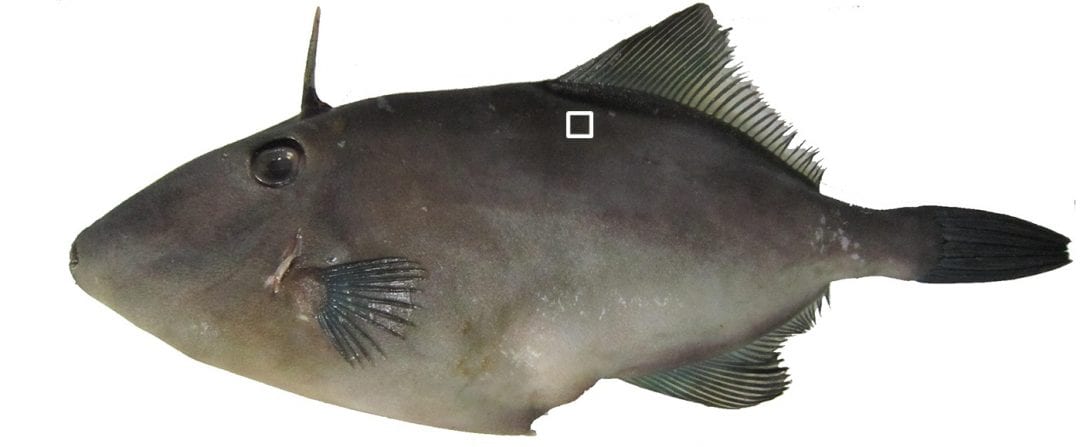
Oleophobicity: this fish won’t cry over spilt oil
Most people consider oil spills in seawater repellent, but the filefish takes oleophobicity to a new level.
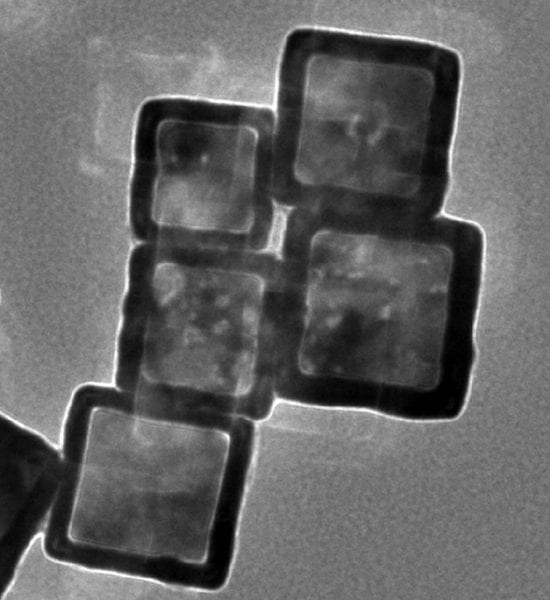
Remote Controlled Drug Delivery
A noninvasive, controlled method of drug delivery via functionalising gold nanocages for Alzheimer’s disease therapy increases the therapeutic efficacy of chelation therapy.
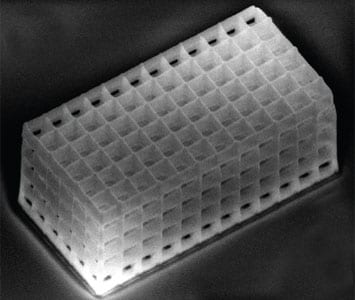
Bistable liquid crystal pixels
In a proof-of-concept study, authors in Italy have demonstrated electric field-controlled switching between stable states in a porous material containing nematic liquid crystals.
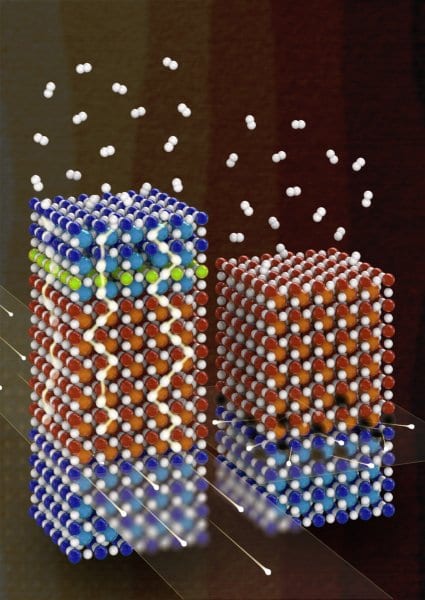
Reducing defects in heterogeneous oxides
Electrical conductivity increased by as much as a factor of 50.
Organic Semiconductor Films in Inkjet-Etched Microwells
Organic semiconductor films are produced in regular arrays of inkjet-etched microwells, demonstrating potential for large-scale flexible electronics.
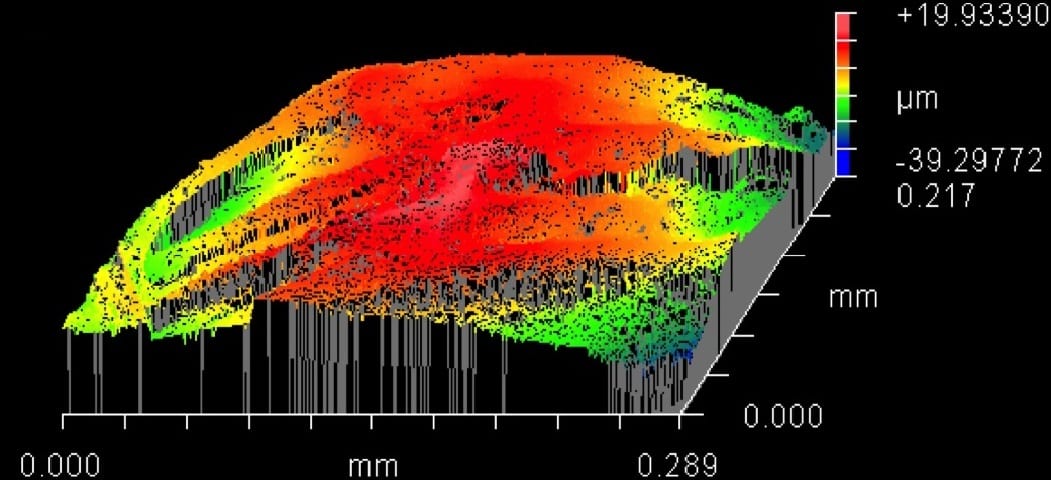
On the path to cartilage regeneration
Research group from the Duke University develops a three-dimensionally woven fiber scaffold which mimics the properties of native cartilage.
Nanomicelle dye for better cancer treatment
New organic PTT agent based on nano-micelles encapsulating a small non-fluorescent NIR-absorbing dye shows excellent tumor ablation without toxicity.
Printing artificial bone
Researchers develop method to design synthetic materials and quickly turn the design into reality using computer optimization and 3-D printing.
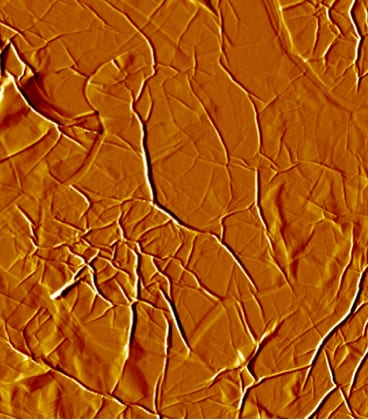
Let me count the ways – comparing graphene production methods
What’s the best way to produce graphene? An Italian research team have compared the alternatives in a new publication.










